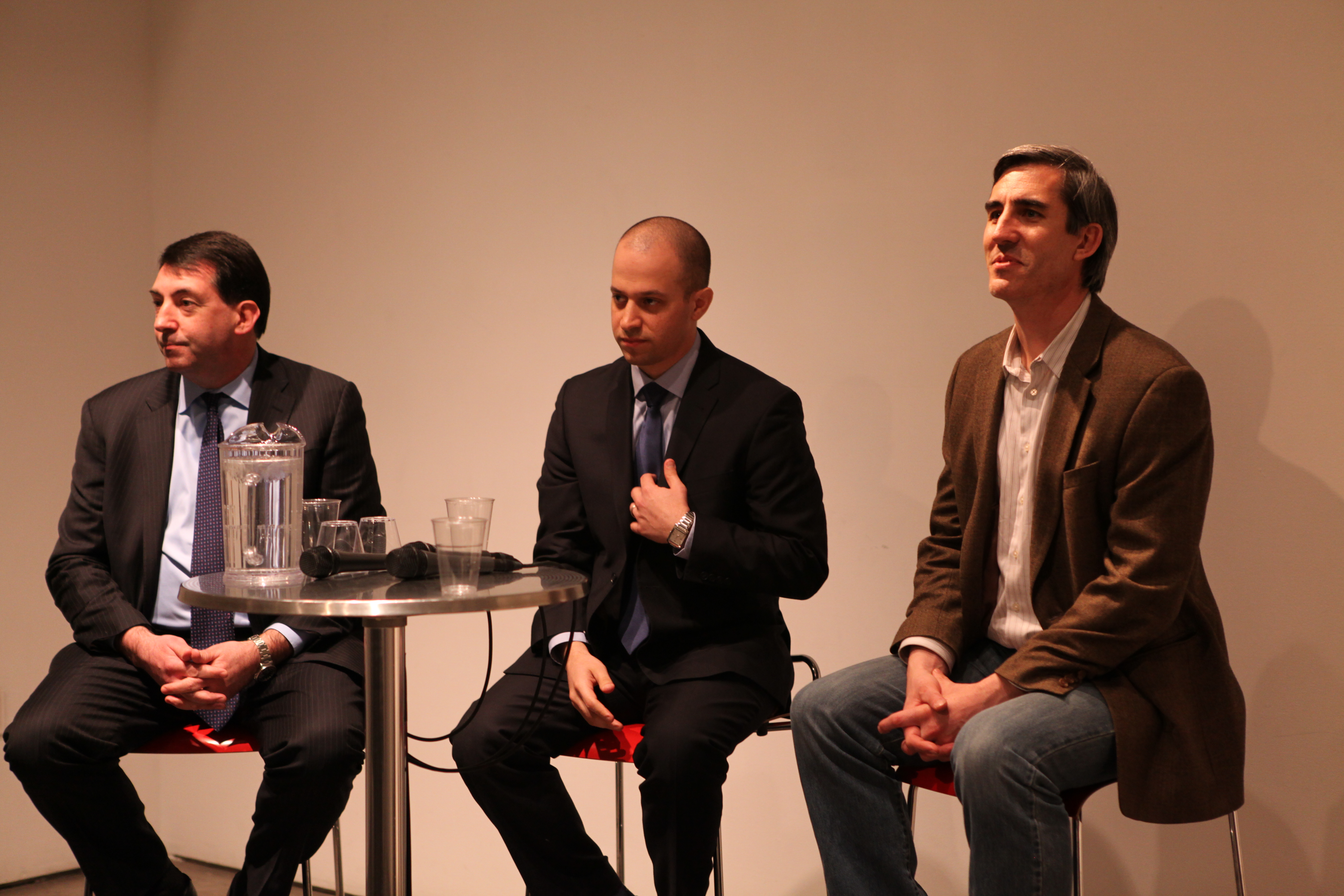by: James Way
The road to hell is paved with good intentions, so the old saying goes. We toil for hours designing a building’s aesthetics, function, and efficiency – often through the mechanical guts of a building. Although architects depend on environmental consultants and engineers to right-size systems, the most resounding phrase in the “Mind the Gap: Closing the Bridge between Design Intent and Performance” program was collaboration and coordination between design, construction, and operation. Without this, any intention will fail expectations.
Energy modeling can gauge future performance. But, Michael Tillou, an associate at Atelier Ten, said, “It’s a model, and models are always wrong. I just try to make them less wrong.” PlaNYC’s Benchmarking Reports helps designers see what comparable building types are achieving, which allows baseline expectations. If information is available about existing systems, we can tweak new systems to exceed that base in terms of modeling, design, and equipment.
But modeling predicts neither how equipment is installed nor future users’ behaviors. Ryan Lean, director of commissioning at Jaros Baum & Bolles, explained that commissioning is more than merely verifying that equipment has been installed correctly. On particularly complex structures, hundreds of system components must be coordinated for optimal efficiency. Furthermore, monitoring-based commissioning examines operations over time, allowing for fine tuning that ties together design, installation, and trends in use, such as the dreaded simultaneous heating and cooling.
Michael Gubbins, vice president of residential property management at the Albanese Organization, highlighted the need for collaboration on many levels. The top reasons for poor results point to lack of intent, training, scheduling, and wrong equipment and installation. “If operators are quizzed only at occupancy about how things are running, you’re likely to get the answer: Fine, nobody’s complaining,” he said. Designers, builders, and owner/operators communicating during the design and building process, not just at occupancy, could avoid these issues.
Ultimately efficiency comes from the user. By studying human behavior and post-occupancy, one can begin to balance and optimize systems. Gubbins further emphasized that operators need to know what the energy model predicted and what its assumptions were in order to fine-tune a building’s usage. As for monitoring and retro-commissioning, Lean reminded us that “people tune their cars all the time. Why not tune our billions of dollars of construction?” This is especially useful in a city that continually adapts and reuses existing building stock – and systems.
James Way, Assoc. AIA, Marketing Manager at Dattner Architects, frequently contributes to eOculus.
Event: Mind the Gap: Closing the Bridge between Design Intent and Performance
Location: Center for Architecture, 04.03.14
Speakers: Michael Tillou, Atelier Ten; Ryan Lean; Jaros Baum & Bolles; Michael Gubbins, Albanese Organization
Organizers: AIANY Committee on the Environment (COTE) & ASHRAE NY









